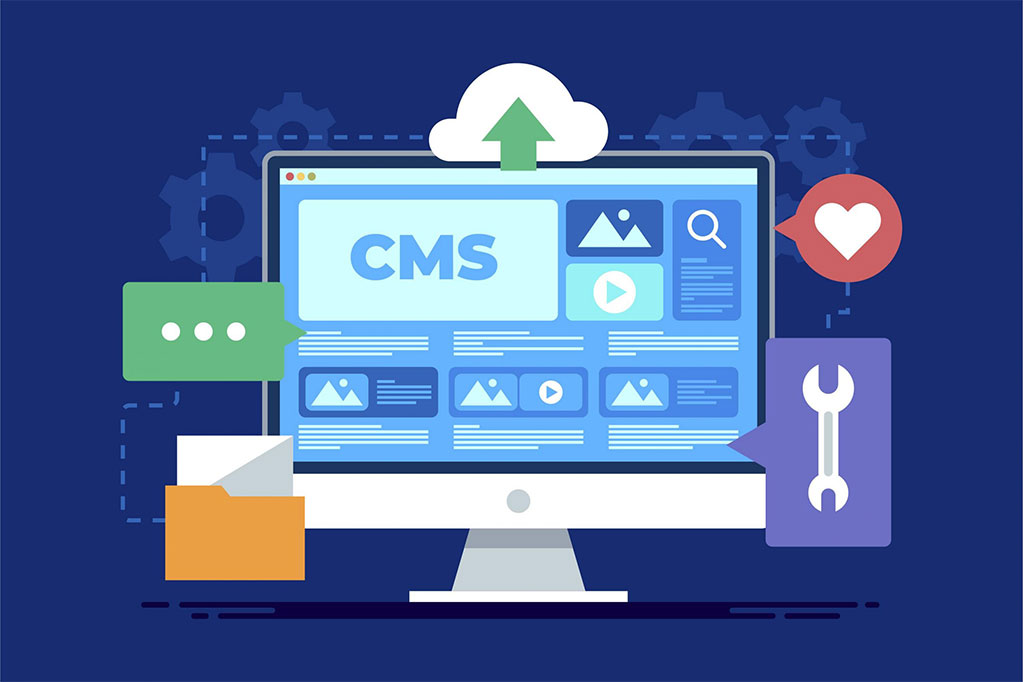
Migrating to the cloud is a key strategy for many businesses in pursuit of efficiency, scalability, and agility. However, the migration process can be costly, with numerous hidden costs that can catch unprepared organizations by surprise.
1. Assessment and Planning Costs
The first cost to consider is that of assessment and planning for migration. Before migrating, it’s necessary to understand the company’s current IT state and what applications and data will move to the cloud. This may require the assistance of external consultants or training of internal staff, which also incurs a cost.
2. Migration and Implementation Costs
Migration and implementation costs depend on the size and complexity of the data and applications to migrate. These include the cost of migration tools, labor required to move data and applications, and the time required to perform the migration.
3. Integration Costs
Often, applications and data in the cloud need to integrate with other systems and applications. This integration process can be complex and costly, depending on the amount of integration required and the compatibility of different systems
4. Training Costs
IT staff need to learn how to manage and maintain the new environment in the cloud. This may involve training costs for existing staff or hiring new staff with experience in the cloud.
5. Operational Costs in the Cloud
Once the migration is complete, there are operational costs in the cloud to consider. This includes data storage and processing costs, as well as the costs of applications and services in the cloud. Operational costs in the cloud may be easier to predict and manage than costs in a traditional data center, but they still need to be managed carefully.
6. Compliance and Security Costs
Companies need to ensure that their data and applications in the cloud comply with all relevant regulations, which can involve additional costs. Additionally, security in the cloud may require investments in additional security tools and training of staff.
Planning the Budget for Cloud Migration
Once you understand the costs associated with migrating to the cloud, you can begin to plan your budget. Here are some steps that can be followed:
1. Perform a Comprehensive Assessment: Before you start, it’s important to understand the scope of the project and what is required for migration. This should include an assessment of the applications and data that will move, as well as any associated cost.
2. Create a Detailed Migration Plan: The migration plan should detail all tasks to be performed and how much each will cost. This should include any software or hardware costs, as well as labor and training costs.
Despite the costs associated with migrating to the cloud, in the long term, businesses can achieve significant savings. The pay-as-you-go model of the cloud allows businesses to pay only for the resources they need, when they need them. Furthermore, the flexibility and scalability of the cloud can lead to greater efficiency and productivity. Many of the maintenance and upgrade costs associated with traditional IT systems are also eliminated. Therefore, although the initial outlay may seem high, the long-term return on investment from migrating to the cloud can be substantial.
If your company is considering migrating to the cloud and is looking for a reliable partner to assist in this process, QualitApps may be the answer. We offer cloud migration services on the three most common platforms: Amazon Web Services (AWS), Microsoft Azure, and Google Cloud Platform (GCP). We provide a smooth and efficient transition for your company, and we help you minimize costs and maximize the benefits of migrating to the cloud. By choosing QualitApps, you can assure that you are heading in the correct direction towards achieving digital transformation.





